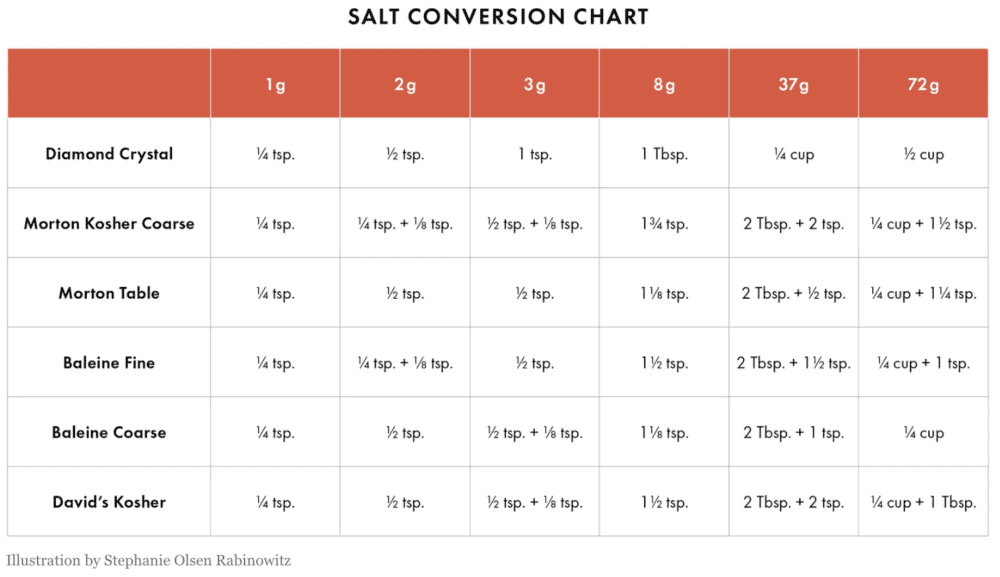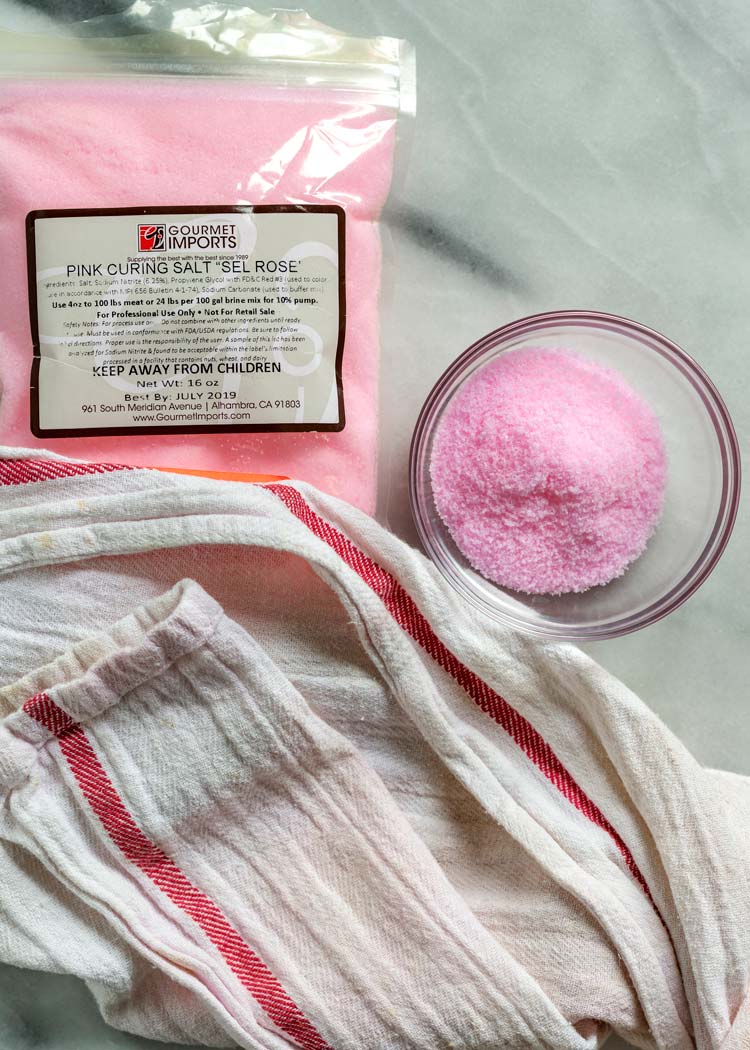Corned beef is a beloved dish around the world, especially on St. Patrick’s Day. But what cut of meat actually goes into making this delicious cured and cooked delicacy? Here we’ll explore the origins, cuts, and prep process behind corned beef.
A Brief History
Corned beef has its roots in Irish-American immigrant communities in the 19th century. Beef was too expensive in Ireland, so Irish immigrants substituted with more affordable brisket. The name “corned beef” comes from the “corns” or grains of salt used to cure the meat.
While today we associate corned beef with Irish cuisine, it has evolved into a versatile dish used across cuisines. The curing and cooking process transforms a tough cut of meat into something beautifully tender and full of flavor.
The Cut: Brisket
When it comes to corned beef, brisket is the ideal cut of meat. Brisket comes from the breast or lower chest of the cow. It contains a mix of fat and lean meat, which is perfect for corned beef. The fat content keeps the brisket moist and tender during the long cooking process.
There are two sections of the brisket
-
The flat cut (or “first cut”) is leaner and more uniform. It’s great when you want neat slices or a less fatty corned beef.
-
The point cut (or “second cut”) has more fat and marbling. This makes it richer, more tender, and ideal when juiciness is top priority.
So whether you prefer lean or fatty, brisket has you covered! No other cut can beat brisket’s balance of flavor and texture after curing and cooking.
The Curing Process
Curing brisket into corned beef involves soaking the meat in a brine solution. The brine is made from:
- Water
- Salt
- Spices like coriander, mustard, peppercorns
- Nitrites for color and preservation
The meat soaks for 5-7 days, during which the brine seeps deep into the meat. This not only preserves the beef but infuses it with flavors. Brining is key to that distinctive corned beef taste.
You can customize the spice blend to make your corned beef unique. Garlic, cinnamon, cloves, and ginger are all tasty additions. Go wild with the spices!
Cooking Methods
After a long brine bath, the corned beef is ready for cooking. There are a few popular methods:
-
Boiling/Simmering: The classic technique, perfect for getting fork-tender meat. Add veggies too for a complete meal!
-
Slow Cooking: Using a slow cooker allows you to let the meat bathe in spices and flavor. Fall-off-the-bone tender.
-
Oven Roasting: Get a nice crust on your corned beef by cooking uncovered in the oven. Delicious!
Cooking time varies from 3-8 hours depending on technique. Slow and gentle heat is key. This melts the fat and breaks down the tough meat into something magical.
The boiling liquid can be used to make sides like boiled cabbage, potatoes, and carrots too. Talk about flavor!
Serving Suggestions
Corned beef’s versatility makes it perfect for:
- Sandwiches like the Reuben or Rachel
- Hearty breakfast hashes
- Boiled dinners with cabbage and potatoes
- Stews and pot pies
- Corned beef omelets or burritos
However you eat it, corned beef is the perfect savory centerpiece to build a meal around. Don’t wait for St. Paddy’s Day, enjoy it all year round!
Make Your Own at Home
Curing your own corned beef is easier than you think. With brisket, brine, some pickling spices, and a bit of patience, you can have better homemade corned beef that stores just can’t match.
The hands-on time is minimal. Most of it is waiting for the brisket to cure and cook. But the reward of homemade, custom seasoned corned beef is priceless.
So next time you get a hankering, grab some brisket and make your own! It doesn’t get more authentic than corned beef made just how you like it. Get creative with spices and cooking methods until you create a recipe all your own.

How to Cook Corned Beef?
Stovetop method: For a 5 pound brined corned beef brisket. Place the corned beef in a Dutch oven. Sprinkle with one tablespoon of pickling spice blend and pour in 4 cups beef broth. Bring to a boil on high heat. Reduce heat, cover and cook for about 3 1/2 hours. Add potatoes, carrots, and cabbage to corned beef towards the end of the cooking time, about 30-40 minutes before the meat is done. Add water if necessary to keep brisket covered. Slice across the grain.
Oven Braised method: For a 5 pound brined corned beef brisket. Preheat oven to 350°F. Place the corned beef in a Dutch oven. Sprinkle with one tablespoon of pickling spice blend and pour in 4 cups beef broth. Bring to a boil on high heat. Cover and cook in oven for about 3 1/2-4 hours until beef is cooked and tender. Add potatoes, carrots, and cabbage to corned beef towards the end of the cooking time, about 30-40 minutes before the meat is done. Add water if necessary to keep brisket covered. Slice across the grain.
Is There a Difference Between Kosher Salts?
Yes, per Epicurious. Not all kosher salt is the same due to size and weight.
Because each brand employs different methods of production, the crystals are distinct in size and structure. What that means is that 1 teaspoon of Diamond Crystal is not the same measurement as 1 teaspoon of Morton kosher. DC’s crystals are larger, so it takes fewer of them to fill measuring spoons; 1 teaspoon of Diamond Crystal kosher salt weighs 3 grams. A single teaspoon of Morton kosher, by contrast, weighs about 5 grams.
A note on weights: 3 grams of coarse salt equals the same level of salinity as 3 grams of fine salt or 3 grams of flaky salt. So if a metric baking recipe calls for 3 grams of Diamond Crystal kosher salt, you can substitute with 3 grams of any salt you like.
To make it easier, Epicurious put together a salt conversion table (see below) outlining a few of the most common salt brands found in American grocery stores, including coarse sea salt, fine sea salt, and top kosher salt brands. Use it to decipher the correct amount of salt for any recipe whenever DC isn’t the brand you have on hand.

A key ingredient in the “corning” process is using pink curing salt. I’m not talking Himalayan pink salt either. This will be going in the brine, too.

Pink curing salt is made using sodium nitrite (See recipe Note) that prevents food from going bad and spoiling while it’s being stored for a time. Curing salt is dyed that pink color so it’s not mistaken for everyday white table salt. If you can’t find at you market or via butcher, you can order online easily.
After that it’s cooked, sliced and served alongside carrots, potatoes and cabbage. It’s also great with mustard, sliced thin for sandwiches, or the hearty corned beef hash for breakfast or try my layered Corned Beef Casserole!

What Exactly Is Corned Beef?
FAQ
What cut of meat is best for corned beef?
Traditionally, corned beef is made from brisket. This cut of beef will give you that iconic, tender, fall-apart thick strips of beef. But if you don’t have a brisket on hand (or you don’t want to splurge for one at the store), you can substitute a chuck roast and it will work fantastically.
What kind of beef is used in corned beef?
Historically, any type of meat could be put through the curing process that makes what we know as corned beef today. In the U.S., corned beef is made from beef brisket. You might have seen it at Jewish delis, and that’s because the brisket is a traditionally kosher cut of meat that’s cured to tenderize it.
What part of the animal is corned beef?
